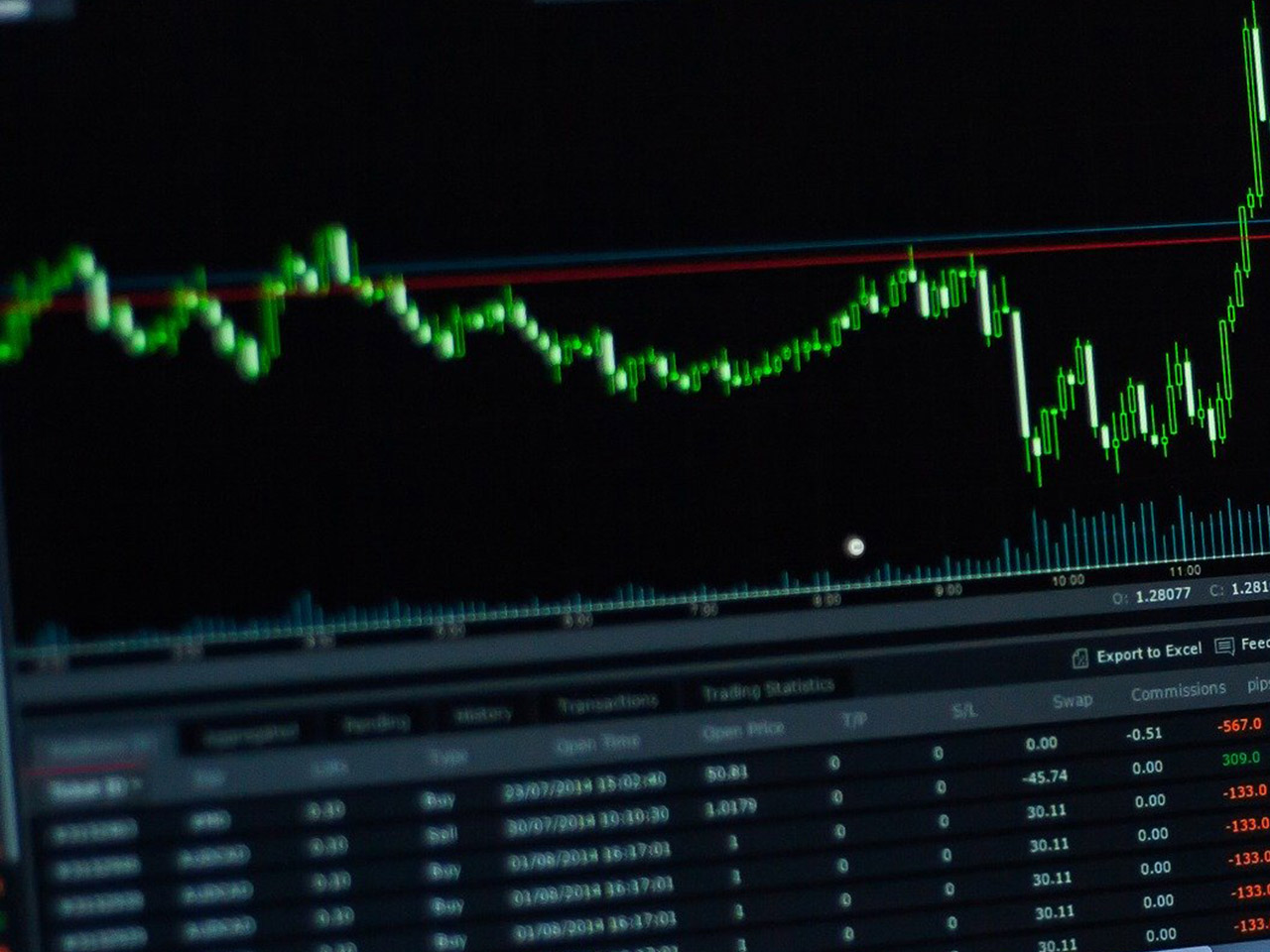BP PLC, a stalwart in the energy sector, continues to navigate the complex landscape of integrated oil and gas operations. With a market capitalisation of $62.05 billion, this UK-based giant remains a focal point for investors eyeing the energy market. As the company adapts to global energy transitions, its current pricing and performance metrics present a nuanced picture for potential investors.
Currently trading at 399.9 GBp, BP’s stock has shown a marginal price change of 0.01%, indicating relative stability amidst market fluctuations. Over the past year, BP’s share price has fluctuated between 331.70 GBp and 468.75 GBp. This volatility underscores the broader challenges and opportunities within the energy sector, as companies like BP adapt to shifting market demands and regulatory landscapes.
Despite reporting a revenue decline of 4.10%, BP’s strategic focus on greener energy sources and sustainable practices could position it favourably in the long term. However, the company faces significant challenges, as reflected in its negative return on equity of -0.24% and an earnings per share (EPS) of -0.05. These figures highlight the pressure BP is under to turn its ambitious energy transition plans into profitable outcomes.
Investors may find BP’s dividend yield of 6.68% appealing, particularly in a low-interest-rate environment. However, the extraordinarily high payout ratio of 1,316.37% raises sustainability concerns. This disparity suggests that BP is distributing more in dividends than its earnings can currently support, a situation that warrants careful consideration for income-focused investors.
Analyst sentiment towards BP is mixed, with 5 buy ratings, 13 hold ratings, and 1 sell rating. The average target price of 424.08 GBp implies a potential upside of 6.05%, offering a glimpse of optimism tempered by caution. The wide target price range of 355.13 GBp to 525.98 GBp further reflects the uncertain trajectory of BP’s stock.
From a technical standpoint, BP’s stock is trading above its 50-day moving average of 375.35 GBp but slightly below the 200-day moving average of 395.76 GBp. The Relative Strength Index (RSI) at 31.28 indicates that the stock is nearing oversold territory, which could entice contrarian investors looking for potential entry points.
BP’s diversification into renewable energy, including solar and wind power, hydrogen, and carbon capture, aligns with global sustainability goals and could drive future growth. Its robust free cash flow of over $11.5 billion provides a cushion to invest in these areas while maintaining operational stability.
Founded in 1908 and headquartered in London, BP remains a critical player in the global energy landscape. As it continues to evolve its business model, investors must weigh the risks associated with its current financial metrics against the potential rewards of its strategic pivot towards a more sustainable future. For those willing to navigate its complexities, BP offers a compelling, albeit challenging, investment opportunity in the energy sector.





































